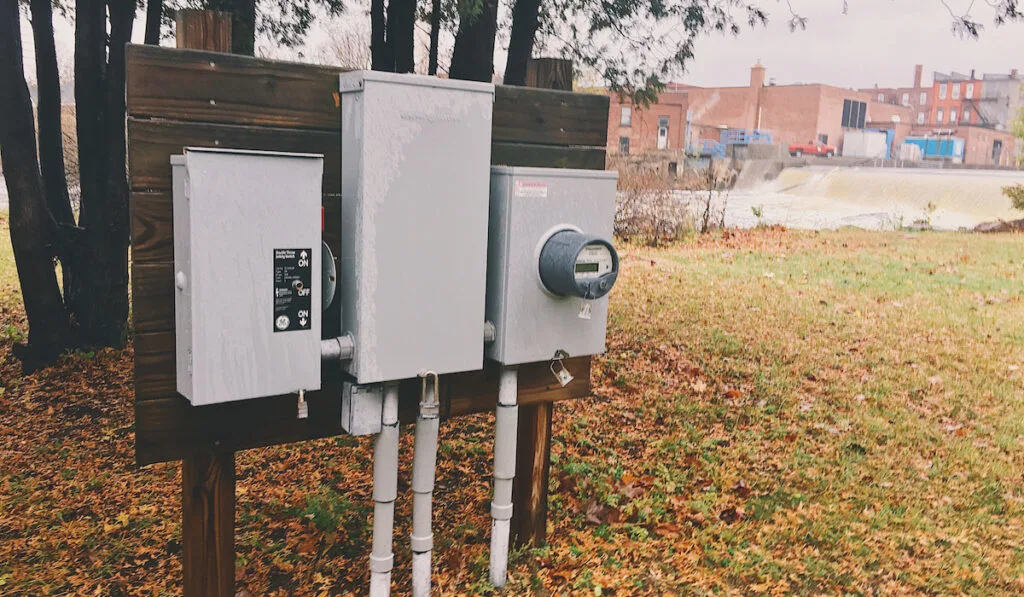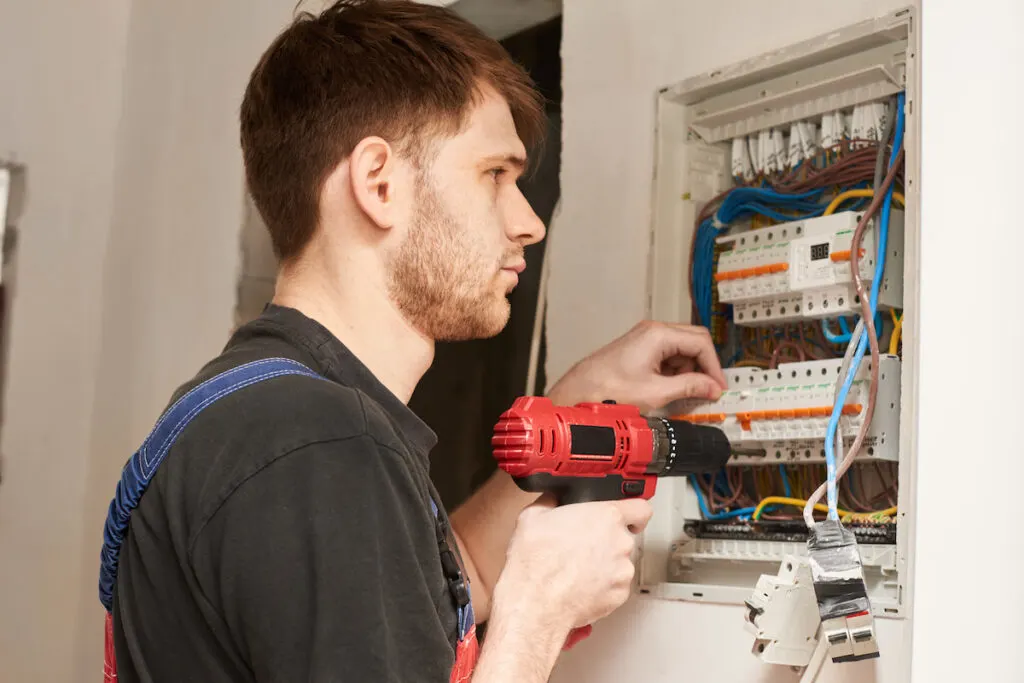*This post may have affiliate links, which means I may receive commissions if you choose to purchase through links I provide (at no extra cost to you). As an Amazon Associate, I earn from qualifying purchases. Please read my disclaimer for additional details.
Dealing with electric system components and wiring in your house can be challenging. We all want to find solutions to our problems, but the thought of getting shocked or making the wrong decision is always in the back of our minds.
If you have a split bus panel and are thinking about ways to upgrade your electric panel, or you’ve heard about split bus panels and want to know more, you’re in the right place.
What is a split bus panel? Most modern electric panels have a single main switch that shuts off or turns on all of the power. If you blow a fuse, you can switch that single fuse back on, but the main switch turns everything off or on. With a split bus panel, you can have up to around six mains to break up the home’s breakers into sections. They’re not always used and haven’t been the standard for decades.

If you’re interested in learning more about electric panels or want to know how to replace the split bus panel in your home, reading more about split bus panels can help.
Here’s some helpful information about split bus panels and how you can use them.
Table of Contents
Are Split Bus Panels Safe?
Split bus panels are outdated and, in certain circumstances, unsafe. Even though we have better options now when it comes to electricity setups, a lot of older homes still have split bus panels.
Split bus panels have no single main disconnect. They have multiple buses and up to six breakers that all act as mains. Typically, each main connects to a certain number of breakers in the panel.
It’s not so much that the split bus panel itself is unsafe. If you installed one in a modern house, all you would need to do is make sure all of the connections are good and that the homeowners know how to operate the panel.
However, split bus panels are usually installed in older homes, and when electricians see them, they know they’re probably working with wiring that hasn’t been touched for a while.

Why Are They Used?
One of the main advantages of the split bus panel is that there is no single main off switch. If you have a single main, and the breaker trips, then you lose all the power in the house. All of the rooms go dark and the appliances go offline.
With a split bus panel, though, you have multiple mains. If something trips, you’re still going to have power in parts of your home. It can come in handy when you need to do maintenance on your electric system but people are still living and working inside.
Or, if you are living in an apartment building, split bus panels make it possible for generators to run critical appliances (refrigerators) and a select number of lights until power is restored.
The main disadvantage of split bus panels is that they are illegal in many places. That means you can’t install them even if you want to. Mistakes could also happen more frequently because people don’t know which main goes to which breakers.
Still, if split bus panels are legal where you are, and you want an added layer of customization in your home or commercial building, then it could be a decent option.
Of course, anytime you are making significant changes to your electric system, we recommend getting advice from a certified electrician. They’ll talk you through your choices and present options you can work with.
Is a Split Bus Panel the Same as a Partial Bus Panel?
The answer to this common question is, yes, a split bus panel is the same thing as a partial bus panel. The partial here simply refers to the fact that each main shuts off or on only parts of the home’s electric system. Both have up to six mains, and they operate the same way.
It’s a good bet that a knowledgeable electrician will know what you’re talking about whether you use the term split bus panel or partial bus panel. It just means that there is more than one main.

Should You Replace a Split Bus Panel?
For most people, replacing a split bus panel in their home is the right call.
Again, having a split bus panel isn’t an immediate threat. It’s usually the condition of the underlying system that is cause for concern. If you’ve got a split bus panel in your house, the odds are that you’ve got old wiring and other components too.
Getting it replaced with a modern electric panel with a single main makes things much easier for the typical property owner. You know where the main is and what it does.
You don’t have to think through things or read a diagram to know how to shut off power throughout your home. With one switch, you control everything.
Older systems and panels often aren’t designed to take on the electric load of modern appliances and other devices in the home.
We’re using more technology that can involve more electricity. If you start to notice that your breakers are tripping more often, then you should definitely get it replaced.
Even if you don’t notice any issues with a split bus panel, replacing it can give you peace of mind that you’re well-positioned going forward.
Safety First
As always, whenever you work with electrical systems, safety is a priority. When in doubt, talk to a professional and avoid doing anything that compromises your home or increases fire hazards.
Even if you want to replace the split bus panel yourself, you can talk to a certified election about how to tackle the project and what needs to happen first.
